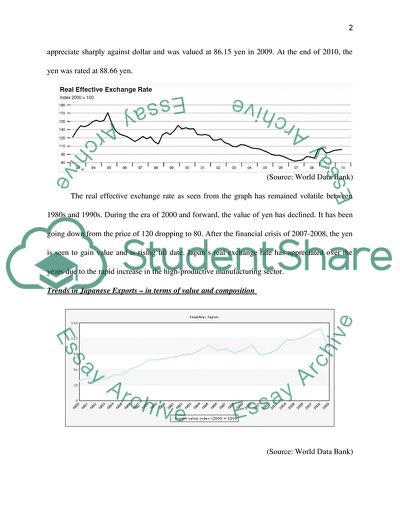Cite this document
(Japan in the World Economy Research Paper Example | Topics and Well Written Essays - 1250 words - 1, n.d.)
Japan in the World Economy Research Paper Example | Topics and Well Written Essays - 1250 words - 1. Retrieved from https://studentshare.org/macro-microeconomics/1748113-asia-in-the-world-economy
Japan in the World Economy Research Paper Example | Topics and Well Written Essays - 1250 words - 1. Retrieved from https://studentshare.org/macro-microeconomics/1748113-asia-in-the-world-economy
(Japan in the World Economy Research Paper Example | Topics and Well Written Essays - 1250 Words - 1)
Japan in the World Economy Research Paper Example | Topics and Well Written Essays - 1250 Words - 1. https://studentshare.org/macro-microeconomics/1748113-asia-in-the-world-economy.
Japan in the World Economy Research Paper Example | Topics and Well Written Essays - 1250 Words - 1. https://studentshare.org/macro-microeconomics/1748113-asia-in-the-world-economy.
“Japan in the World Economy Research Paper Example | Topics and Well Written Essays - 1250 Words - 1”, n.d. https://studentshare.org/macro-microeconomics/1748113-asia-in-the-world-economy.


